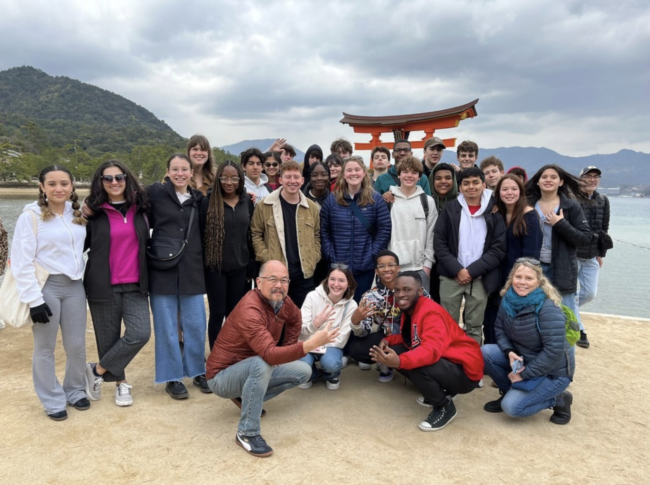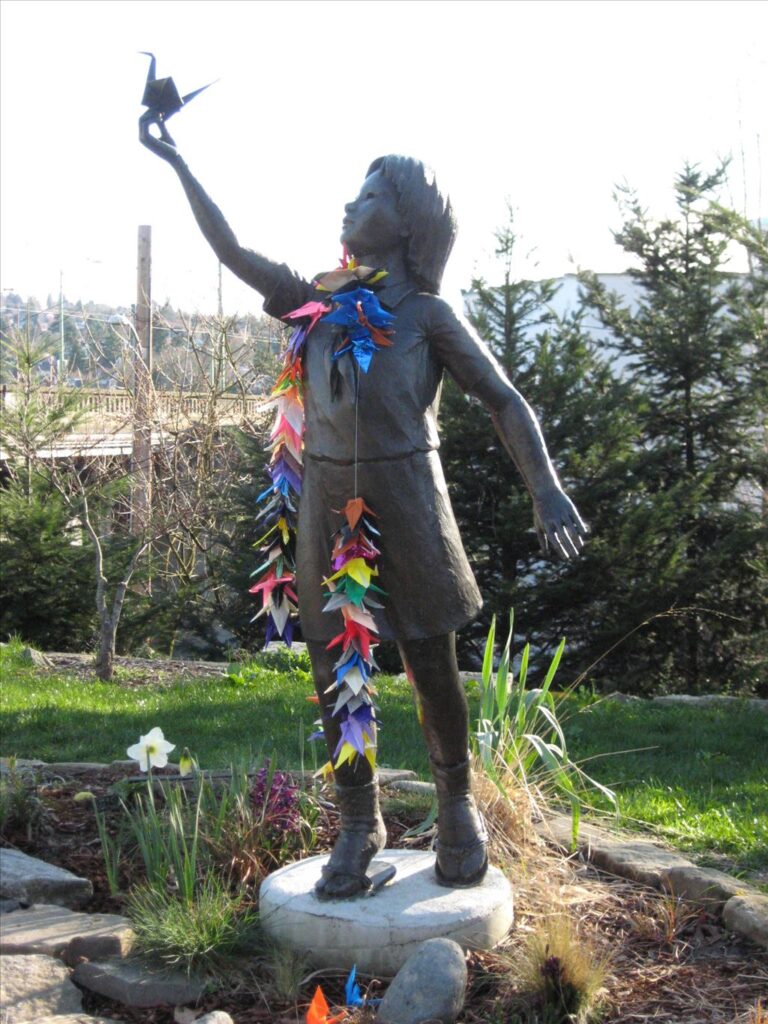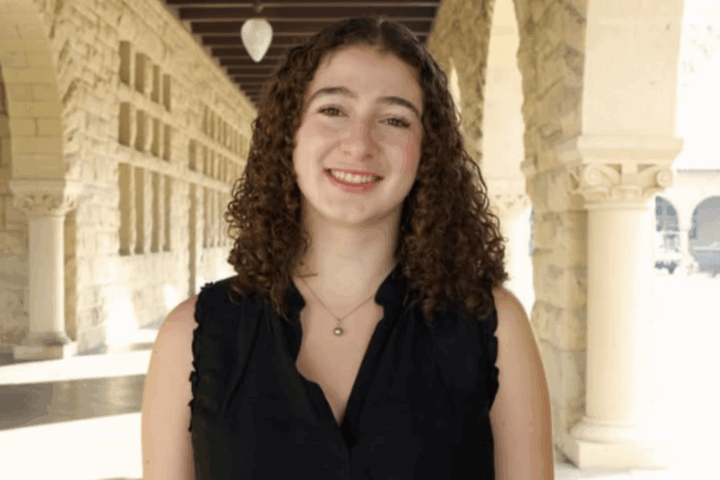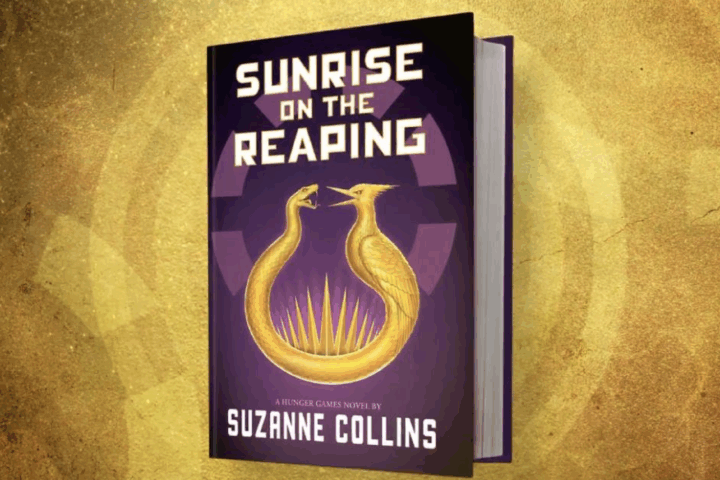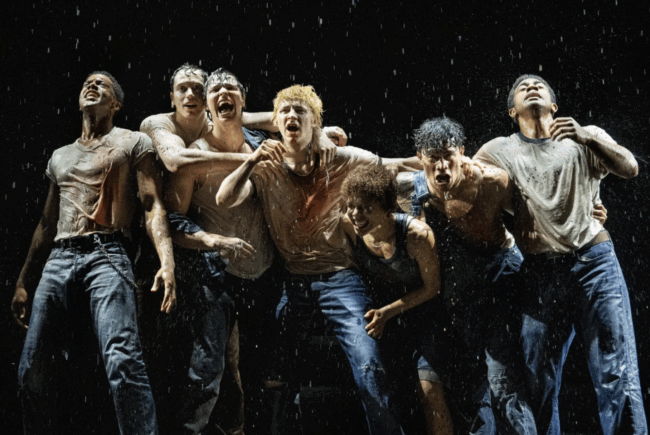Editors’ Note: Unless otherwise specified, all image sources are Sophia Ahmed
Twenty-seven Fieldston students traveled to Japan on an exhilarating, informative Spring Break trip. Organized by chaperones Paul Nam, Jennifer Tammi, Jon Lambert, Dalia Kirzner and Hsia-Ting Chang, the nine-day trip visited: Kyoto, Osaka, Hiroshima and Tokyo. Chang recounts, “It was my first time in Japan and it was so nice to share that experience with so many of our students with a culture that values respect and a purposeful way of doing things.”
“It was my first time in Japan and it was so nice to share that experience with so many of our students with a culture that values respect and a purposeful way of doing things.”
Chaperone and Fieldston English Teacher Hsia-Ting Chang
Each day, we woke up at a reasonable hour, usually between 6-8 am, ate breakfast at the hotel and quickly boarded the tour bus. Ito-san, our beloved Japanese tour guide, shepherded us with a giant koi-fish flag through the sights and sounds of the cities. Warm and knowledgeable, she taught us the historical context for each location, such as the difference between the Geikos (geishas) and Maikos (geishas in training) in the Gion district and the history of Osaka Castle’s structure.
We visited numerous shrines and temples, each with a unique structure and history. I am still awe-struck by the sheer beauty of the structures: the Kiyomizu Temple, the Ryoan-ji Temple and rock garden, the Kinkaku-ji Golden Zen Temple and the Miyajima Island’s “floating” Itsukushima Shrine
Throughout the trip, we tried many traditional Japanese foods. From dessert-only lunches to late-night konbini runs, every meal tasted unique. The hotel breakfast, a mix of Western and Japanese cuisine, included soft pieces of mochi and cold udon in a salty broth. While the group had dinner together, lunches were up to our discretion. My friends and I practiced Japanese while ordering okonomiyaki (a savory Japanese pancake dish), miso ramen, fried octopus dumplings and elegant rice-based sweets. The group also shared many delicious dinners, including fried chicken, chanko-nabe (sumo-wrestle stew) and a traditional Japanese multi-course Kaiseki.
We spent our free time wandering unique districts in small groups while eating and shopping. Each day was the perfect mix of group activities and time with friends; we fell into comfy hotel beds feeling accomplished but not overly tired. Our chaperones enforced curfew at 10:30 pm by checking in and taping our doors to prevent us from leaving. I had no intention of escaping in my pajamas and stumbling around unfamiliar cities at night, so the preventive measure seemed almost comical. However, the chaperones assured me it was necessary.
I had no intention of escaping in my pajamas and stumbling around unfamiliar cities at night, so the preventive measure seemed almost comical. However, the chaperones assured me it was necessary.
While not taped into our rooms, we fully interacted with Japanese culture through our busy itinerary. The group learned ubiquitous phrases in Japanese, practicing the unfamiliar pronunciations on the bus and using them as we went about daily activities. We watched a sumo wrestling tournament and enjoyed cheering for Ito-san’s favorite wrestler.
The group also participated in a Japanese tea ceremony, where we sipped matcha expertly prepared by the tea master, and visited a Japanese high school, where we made many new friendships and even tried judo-flipping!
The trip contained more than just fun activities; one of the most meaningful experiences was making paper cranes for the Hiroshima Children’s Peace Monument. We learned about Sadako Sasaki, a 12-year-old girl who died of leukemia contracted by radiation from the atomic bomb dropped by the United States at the end of WWII. After Sadako heard the old saying “A thousand paper cranes will make your dreams come true,” she set out to make them to try to save herself. After her death, the children’s monument was built to commemorate her life and the lives of all the other children lost in the bombing of Hiroshima. Our origami creations joined hundreds of others at the monument in a sobering but important moment.
The group unpacked the history of Hiroshima and the other events of each day in a nightly group discussion. The chaperones explained more historical context, and Nam sent us into momentary panics by quizzing us on each new fact.
Other than some quickly resolved last-minute roommate confusion in Tokyo and an unfortunate knee injury, the trip went by without problems due to the tireless efforts of Nam, Ito-san and all the other chaperones. As Benji Gelman (Form V) articulates, the trip was “full of amazing sights, shopping and opportunities to participate in a culture completely different from our own. I would highly recommend it to anyone who wants to do it next year.”

